It IS POSSIBLE to Afford Organic!
I’ve been beating the “organic drum” off and on for years. I’m especially dogmatic about it when it comes to strawberries. This fruit is high on the list of the 10 foods to be sure to buy in organic form—they are SO susceptible to absorbing herbicides and pesticides deep into the flesh. Just washing them doesn’t remove the damaging toxins.
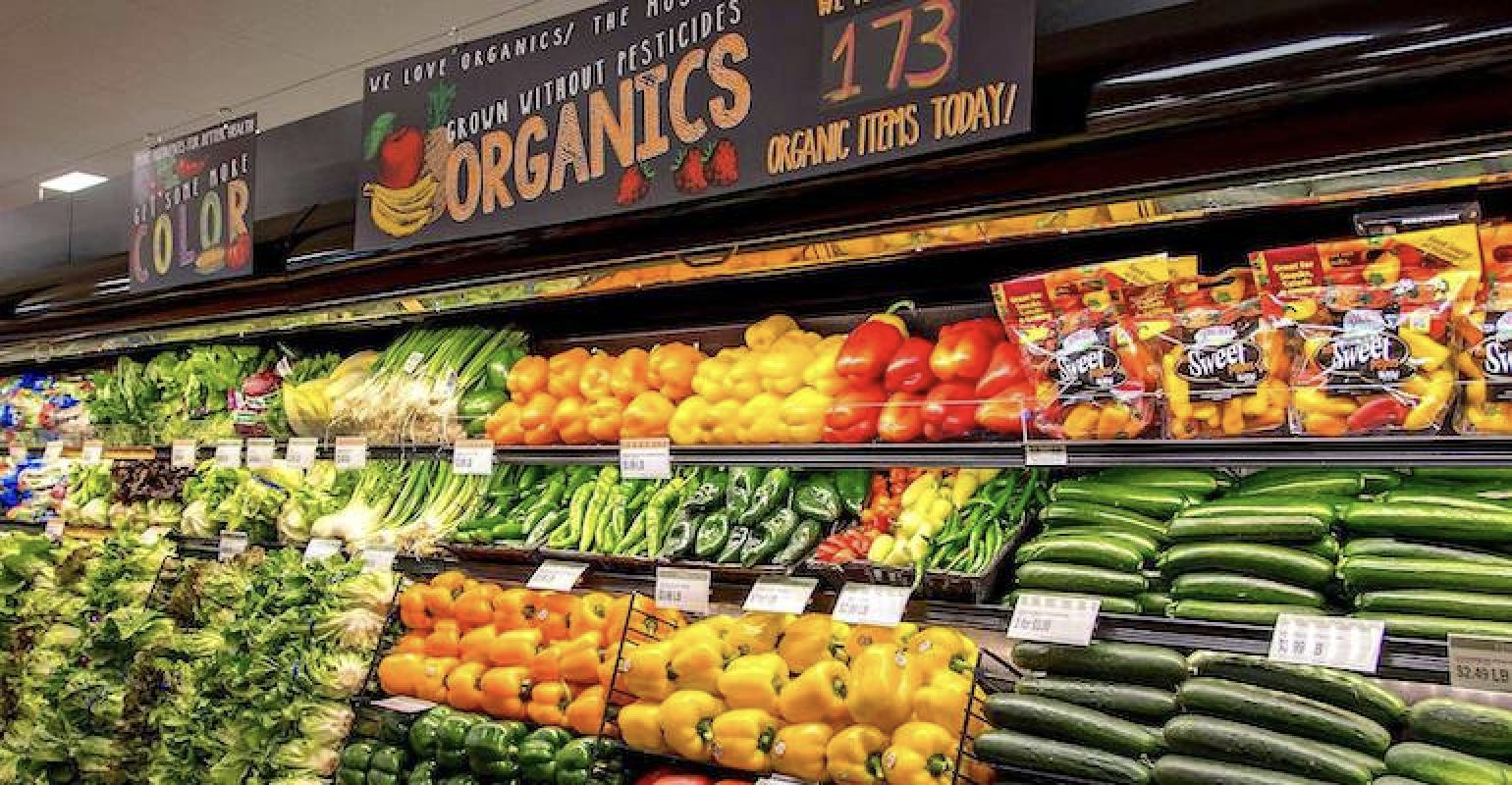
But even with the reality of toxins on non-organic produce as a strong reason to buy organic, the other reality is organic’s higher cost. When money is tight, it’s almost a knee-jerk reaction to eliminate costlier foods from the grocery list, or opt for less-expensive versions, right? And with food prices skyrocketing right now, there’s a lot of eliminating and opting going on.
But dang! There HAS to be a way to be able to buy the best-for-health produce (aka organic) without demolishing the grocery budget. It just so happens, that the health-oriented site, Care2.com believes the same thing; they did the research and put together some timely tips on how to afford organic—strawberries and everything else.

First of all, it’s not crucial for all produce to be organic. But those that do carry the most pesticide toxins are the ones you want to focus on most: apples, apricots, peaches, pears, red raspberries, strawberries, spinach, peppers, celery and potatoes. From there, consider these other budget-saving tips:
FIND A LOCAL CSA (community supported agriculture program)—while sometimes having a high price up front, when broken down you’re paying far less each week for organic produce. Some CSAs will even allow you to work on the farm in exchange for a reduced fee. Local Harvest is a great place to start, if you don’t know how to find a CSA in your area.
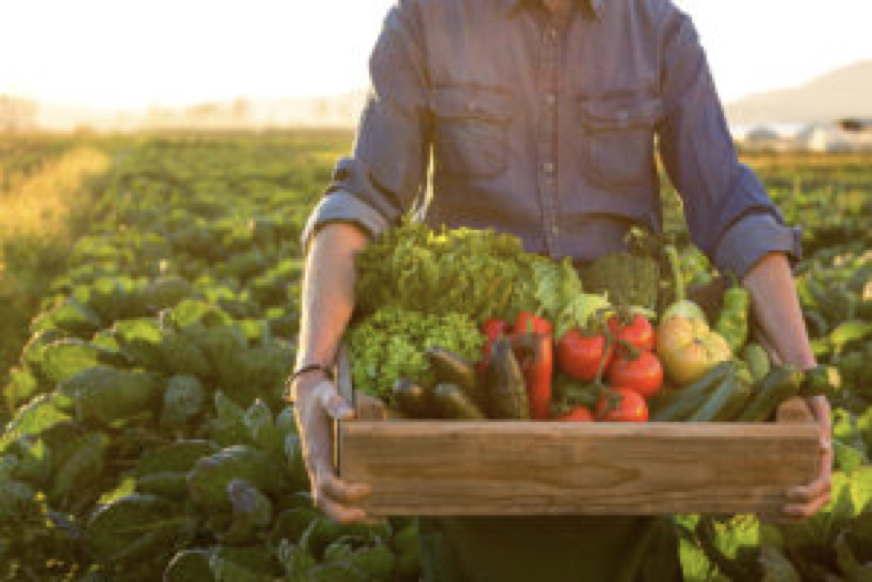
VISIT YOUR FARMERS’ MARKET. These can also be found on Local Harvest, and they’re another great way to score less expensive, unpackaged organic produce. And more and more markets are accepting food stamps, making local, organic produce more accessible.
When you buy directly from a farmer, you’re cutting out all the costs associated with shipping the produce and running a grocery store (which produce prices reflect). Try popping in close to the end of the sales-day. The selection won’t be as good, but many times farmers will drop prices near the close of the market day to off-load remaining stock.
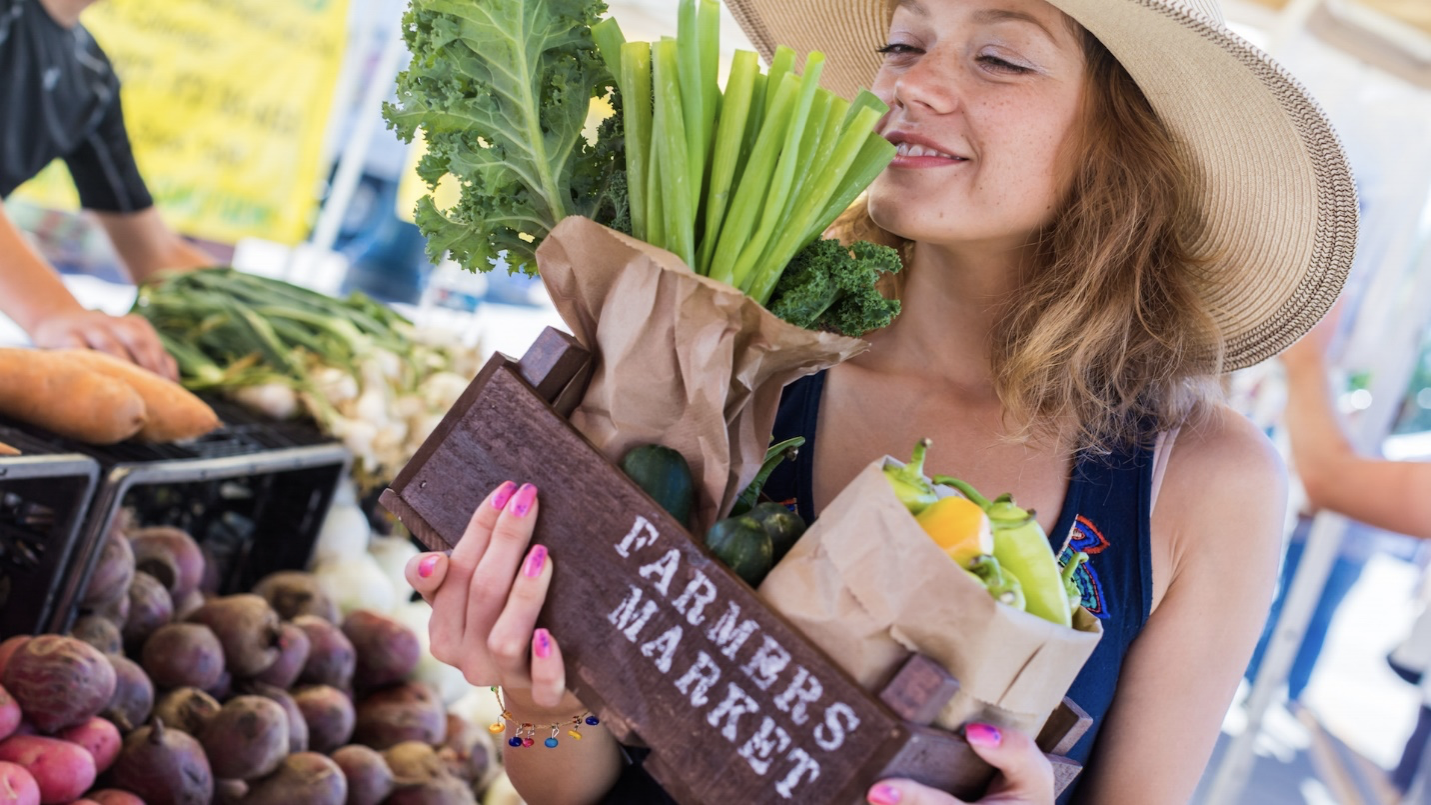
GROW YOUR OWN. Even in small spaces, it’s possible to grow at least some food. Vertical gardening is a great way to maximize food-growing space. If you’re looking for small space gardening inspiration, Urban Organic Gardener (https://www.urbanorganicgardener.com/) is inspiring! Author and gardener, Mike Lieberman, has been growing his own food for years: first on his tiny NY fire escape and now on his LA balcony. His site is loaded with how-tos and excellent tips to avoid money- and time-consuming mistakes.
OR, look for a community garden near you. They’re popping up everywhere now.
MAXIMIZE WHAT YOU PURCHASE. Wasted food equals lost money. One way to avoid waste is to buy less at a time. Planning for leftovers and working them into the weekly menu, while maybe not a favorite approach, is another way to prevent food waste. Creating soups and all variations on fried rice are just two approaches to thrifty meal management. Finally, to stretch the food budget even further, save and freeze food scraps. They make great soup and stew broths.
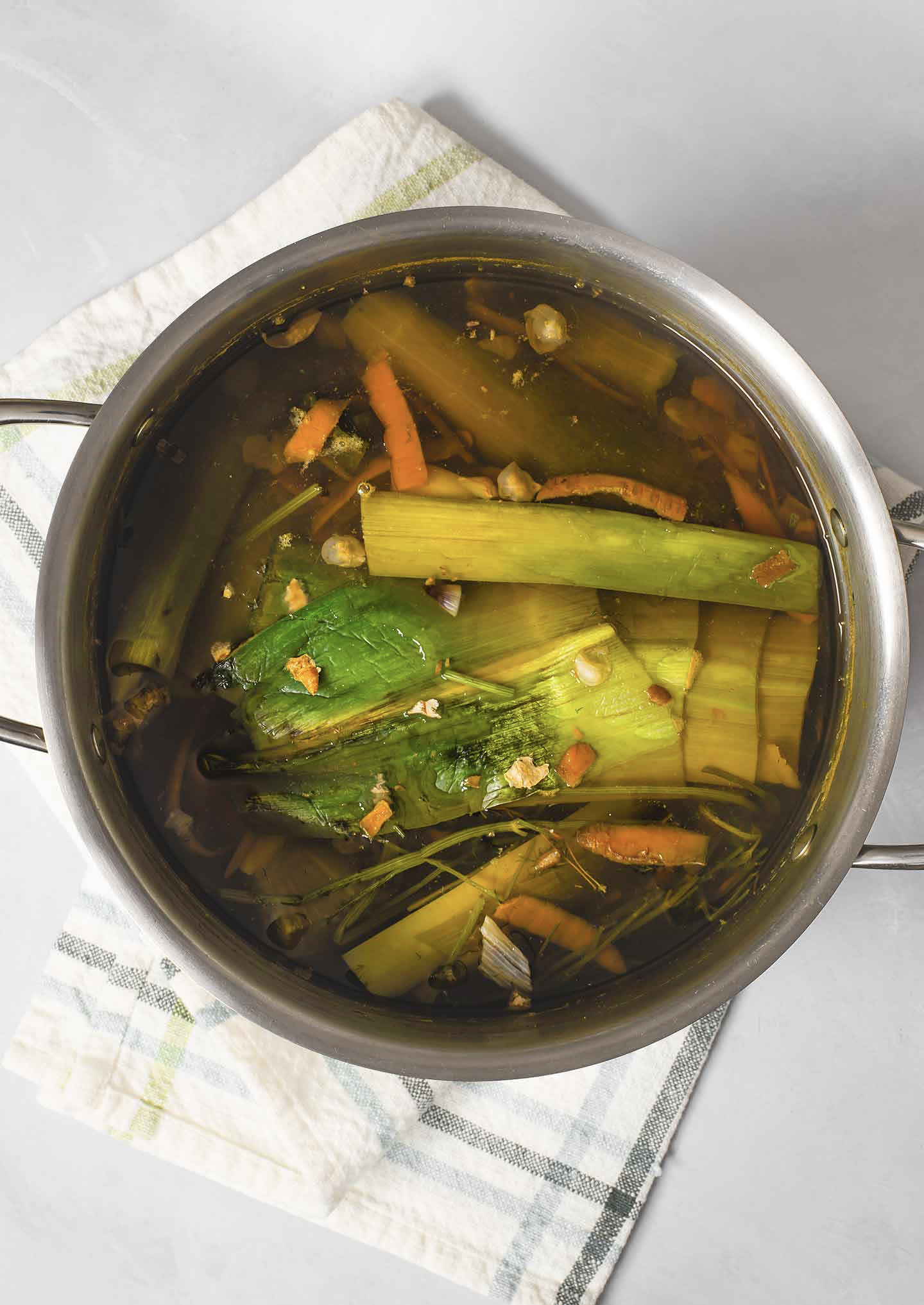
To conclude, here’s my own tip on how to have a little extra money to buy organic: BUY LESS PROCESSED AND JUNK FOODS. The trade-off for me is that I spend a little more time in the kitchen baking lots of cookies, cakes, and other snacks from scratch. (See my “Bare-Bones Granola” recipe below—we eat this instead of store-bought cold cereals, and this change alone has netted me a lot of extra organic food money!)
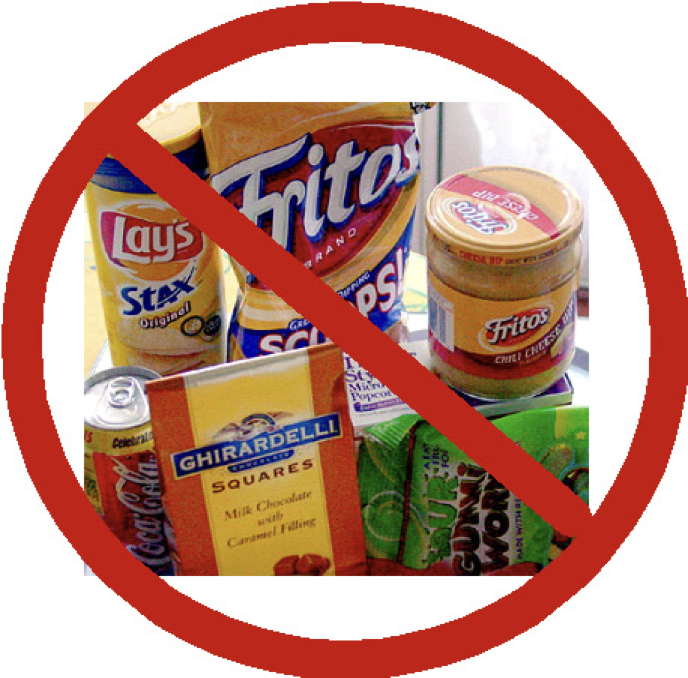
If your budget is tight, and you’d like to eat more organic fresh food, ease in by starting with some of your favorite foods. For instance, when I’m not growing these during gardening season, I buy organic greens, and celery. The taste difference is truly noticeable. Families with young children may want to start by buying organic baby food and dairy products. But whatever you and your family eat the most of, this is the best place to start.
Finally, I’ll close with the above-mentioned recipe for our Bare-Bones Granola. This is so good that I’ve actually sold it at bazaars. See what you think.
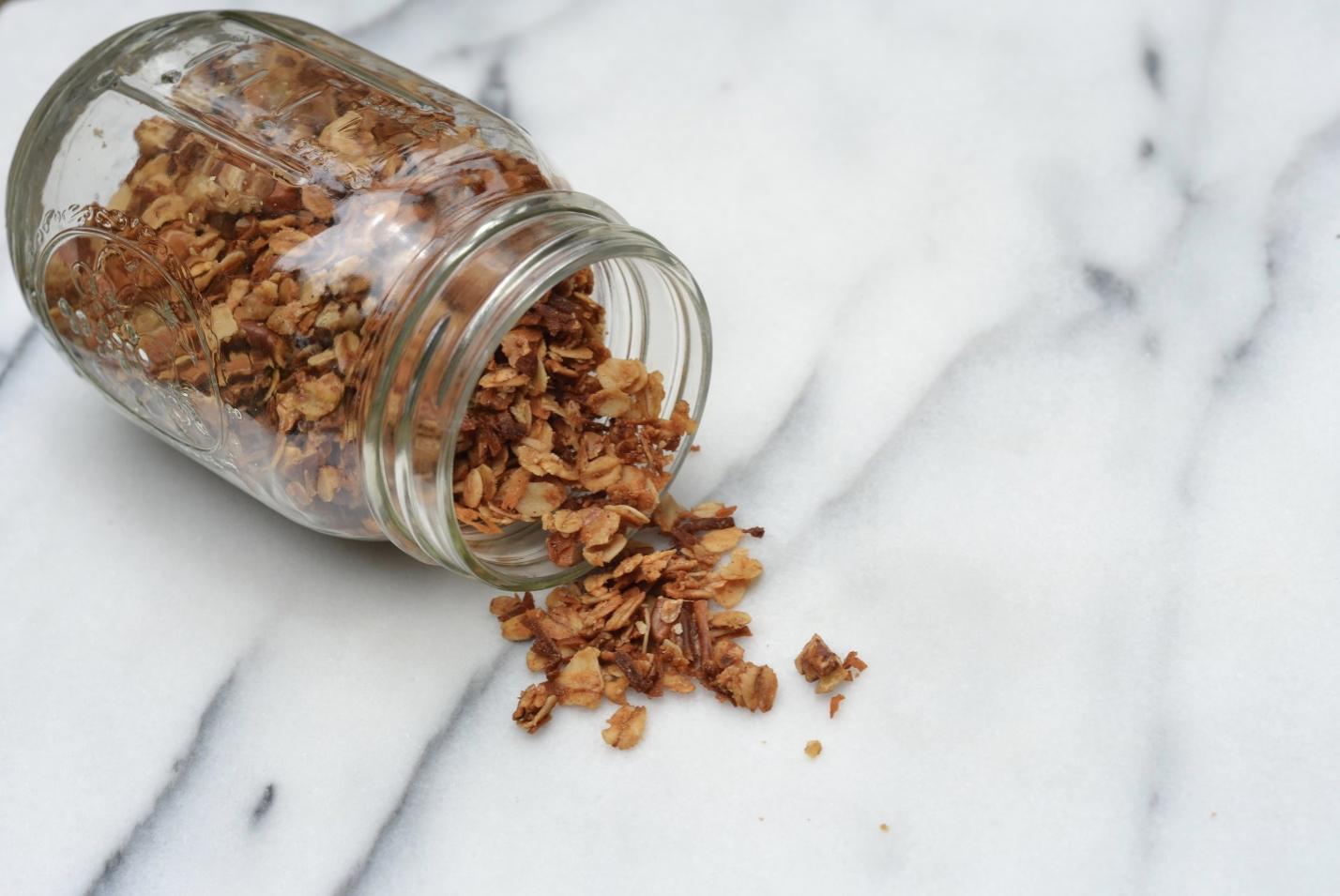
10 to 12 cups old fashioned oats
1 cup unsweetened coconut
3 to 4 cups raisins
1 cup healthy oil (extra-virgin coconut oil, grapeseed oil, almond oil, etc.)
4 cups water
1 1/2 cups peanut butter (old fashioned is best)
3/4 cup brown sugar packed
2 1/2 teaspoons vanilla extract
Directions:
Add Recipe to Cook'n
blog comments powered by Disqus

But even with the reality of toxins on non-organic produce as a strong reason to buy organic, the other reality is organic’s higher cost. When money is tight, it’s almost a knee-jerk reaction to eliminate costlier foods from the grocery list, or opt for less-expensive versions, right? And with food prices skyrocketing right now, there’s a lot of eliminating and opting going on.
But dang! There HAS to be a way to be able to buy the best-for-health produce (aka organic) without demolishing the grocery budget. It just so happens, that the health-oriented site, Care2.com believes the same thing; they did the research and put together some timely tips on how to afford organic—strawberries and everything else.

First of all, it’s not crucial for all produce to be organic. But those that do carry the most pesticide toxins are the ones you want to focus on most: apples, apricots, peaches, pears, red raspberries, strawberries, spinach, peppers, celery and potatoes. From there, consider these other budget-saving tips:
FIND A LOCAL CSA (community supported agriculture program)—while sometimes having a high price up front, when broken down you’re paying far less each week for organic produce. Some CSAs will even allow you to work on the farm in exchange for a reduced fee. Local Harvest is a great place to start, if you don’t know how to find a CSA in your area.

VISIT YOUR FARMERS’ MARKET. These can also be found on Local Harvest, and they’re another great way to score less expensive, unpackaged organic produce. And more and more markets are accepting food stamps, making local, organic produce more accessible.
When you buy directly from a farmer, you’re cutting out all the costs associated with shipping the produce and running a grocery store (which produce prices reflect). Try popping in close to the end of the sales-day. The selection won’t be as good, but many times farmers will drop prices near the close of the market day to off-load remaining stock.

GROW YOUR OWN. Even in small spaces, it’s possible to grow at least some food. Vertical gardening is a great way to maximize food-growing space. If you’re looking for small space gardening inspiration, Urban Organic Gardener (https://www.urbanorganicgardener.com/) is inspiring! Author and gardener, Mike Lieberman, has been growing his own food for years: first on his tiny NY fire escape and now on his LA balcony. His site is loaded with how-tos and excellent tips to avoid money- and time-consuming mistakes.
OR, look for a community garden near you. They’re popping up everywhere now.
MAXIMIZE WHAT YOU PURCHASE. Wasted food equals lost money. One way to avoid waste is to buy less at a time. Planning for leftovers and working them into the weekly menu, while maybe not a favorite approach, is another way to prevent food waste. Creating soups and all variations on fried rice are just two approaches to thrifty meal management. Finally, to stretch the food budget even further, save and freeze food scraps. They make great soup and stew broths.

To conclude, here’s my own tip on how to have a little extra money to buy organic: BUY LESS PROCESSED AND JUNK FOODS. The trade-off for me is that I spend a little more time in the kitchen baking lots of cookies, cakes, and other snacks from scratch. (See my “Bare-Bones Granola” recipe below—we eat this instead of store-bought cold cereals, and this change alone has netted me a lot of extra organic food money!)

If your budget is tight, and you’d like to eat more organic fresh food, ease in by starting with some of your favorite foods. For instance, when I’m not growing these during gardening season, I buy organic greens, and celery. The taste difference is truly noticeable. Families with young children may want to start by buying organic baby food and dairy products. But whatever you and your family eat the most of, this is the best place to start.
Finally, I’ll close with the above-mentioned recipe for our Bare-Bones Granola. This is so good that I’ve actually sold it at bazaars. See what you think.

Bare-Bones Granola
Ingredients:
10 to 12 cups old fashioned oats
1 cup unsweetened coconut
3 to 4 cups raisins
1 cup healthy oil (extra-virgin coconut oil, grapeseed oil, almond oil, etc.)
4 cups water
1 1/2 cups peanut butter (old fashioned is best)
3/4 cup brown sugar packed
2 1/2 teaspoons vanilla extract
Directions:
1. In large roasting pan mix oats and coconut.
2. Meanwhile, place water and raisins in large pan; bring to boil and cook just until water is sweetened from raisin juice.
3. Turn heat to medium and add oil, peanut butter, and brown sugar.
4. When peanut butter and brown sugar are melted and mixed into water/oil mixture, remove pan from heat and add vanilla.
5. Pour mixture from pan over all the oats and coconut. Mix thoroughly until oats and coconut are coated well.
6. Roast at 250 degree until granola is toasty brown and crisp—perhaps two or three hours.
7. Watch this closely so it doesn’t burn. You will need to turn it frequently to ensure even roasting and drying.
NOTES: This granola has no salt, for health reasons. The peanut butter seems to provide plenty of salt, so no extra salt is needed. Obviously you can add as many extra ingredients as you wish, however, the cost stays low as is because all you’re using is oats, coconut, raisins, and peanut butter.
2. Meanwhile, place water and raisins in large pan; bring to boil and cook just until water is sweetened from raisin juice.
3. Turn heat to medium and add oil, peanut butter, and brown sugar.
4. When peanut butter and brown sugar are melted and mixed into water/oil mixture, remove pan from heat and add vanilla.
5. Pour mixture from pan over all the oats and coconut. Mix thoroughly until oats and coconut are coated well.
6. Roast at 250 degree until granola is toasty brown and crisp—perhaps two or three hours.
7. Watch this closely so it doesn’t burn. You will need to turn it frequently to ensure even roasting and drying.
NOTES: This granola has no salt, for health reasons. The peanut butter seems to provide plenty of salt, so no extra salt is needed. Obviously you can add as many extra ingredients as you wish, however, the cost stays low as is because all you’re using is oats, coconut, raisins, and peanut butter.
Recipe formatted with the Cook'n Recipe Software from DVO Enterprises.
Sources:
- www.supermarketnews.com
- www.parhlo.com
- www.desertmission.com
- www.londonperfect.com
- www.tastythriftytimely.com
- www.allthingsarewell.com
 Alice Osborne
Alice Osborne
DVO Newsletter Contributor since 2006
Email the author! alice@dvo.com
